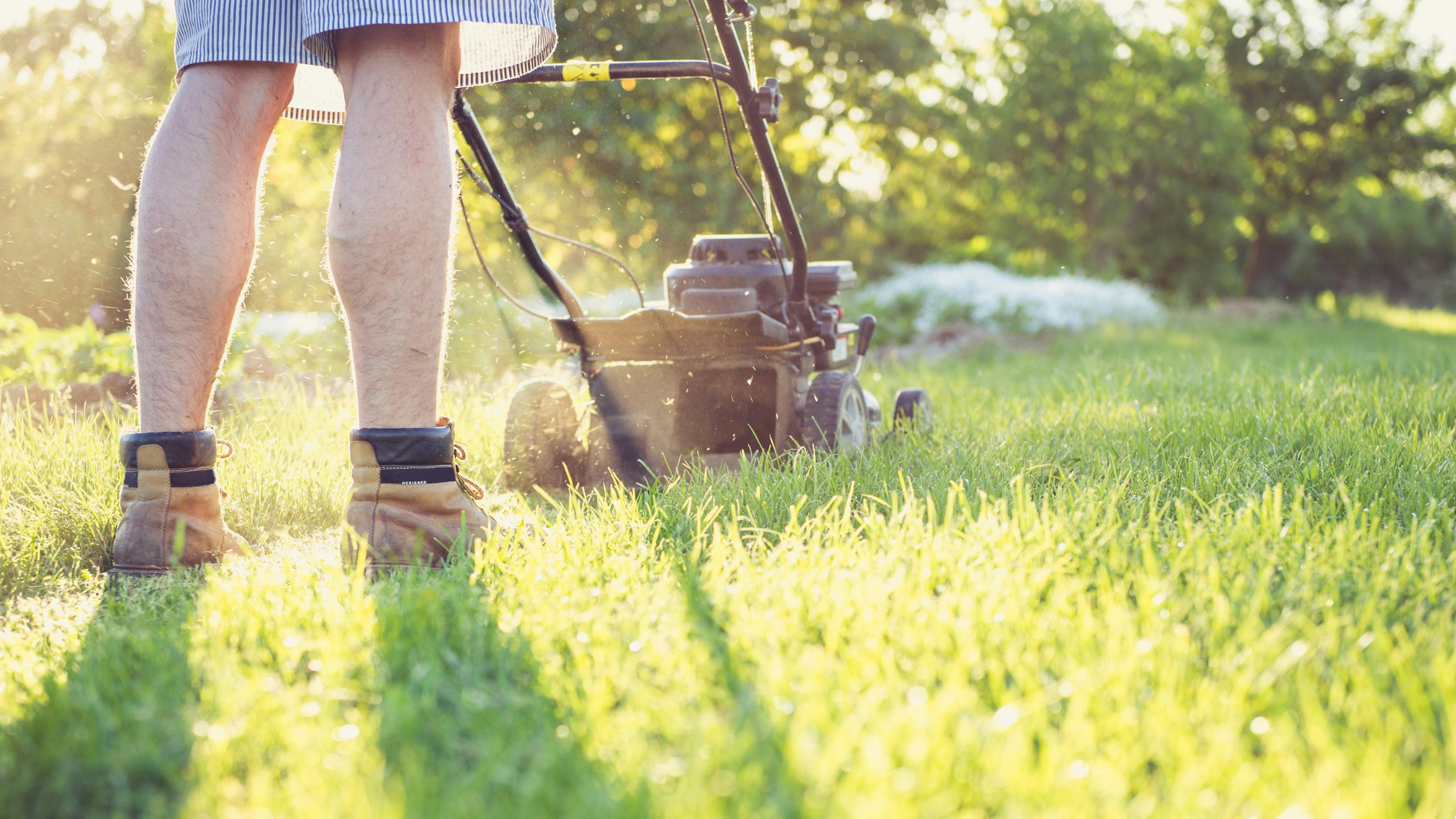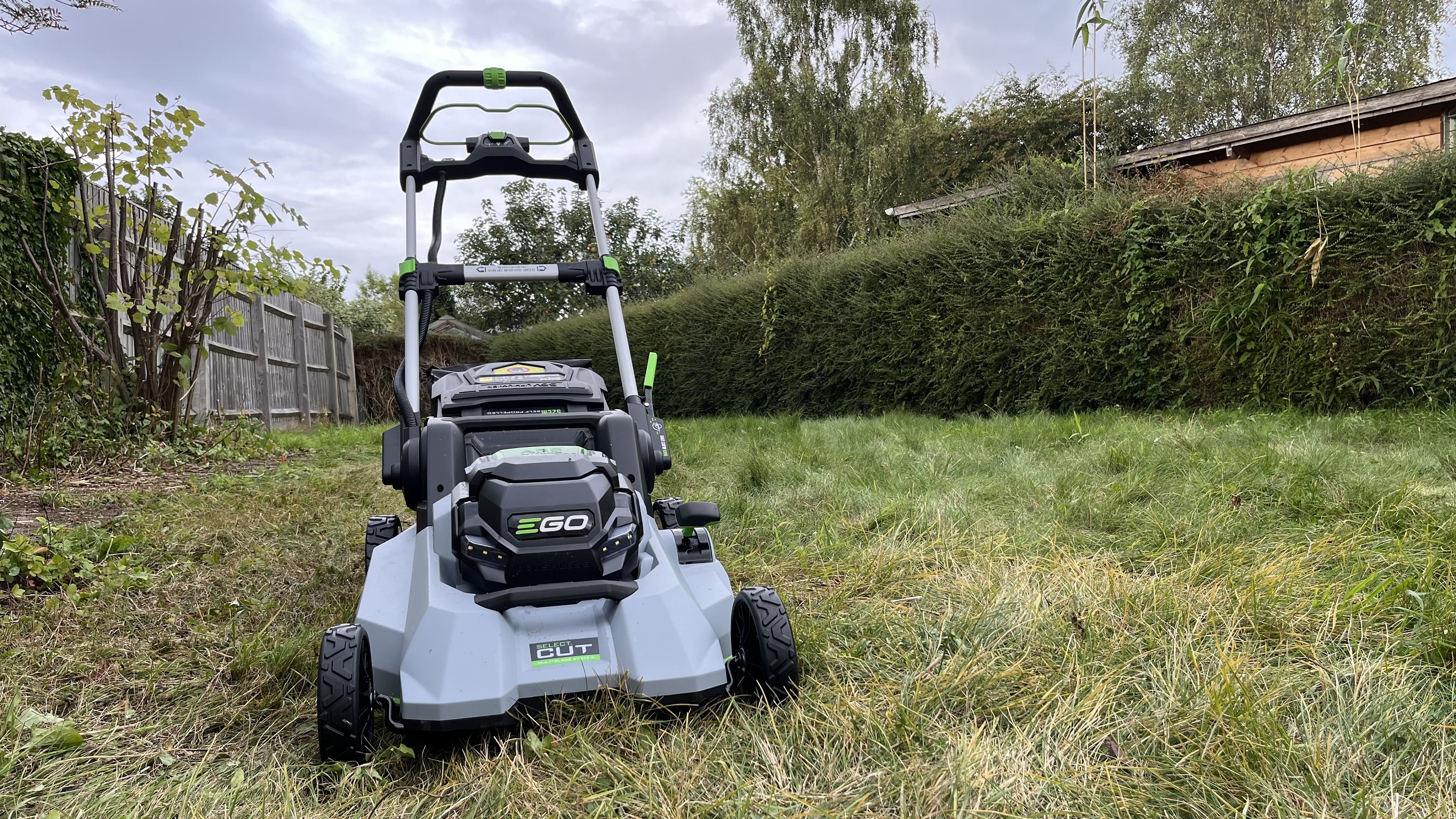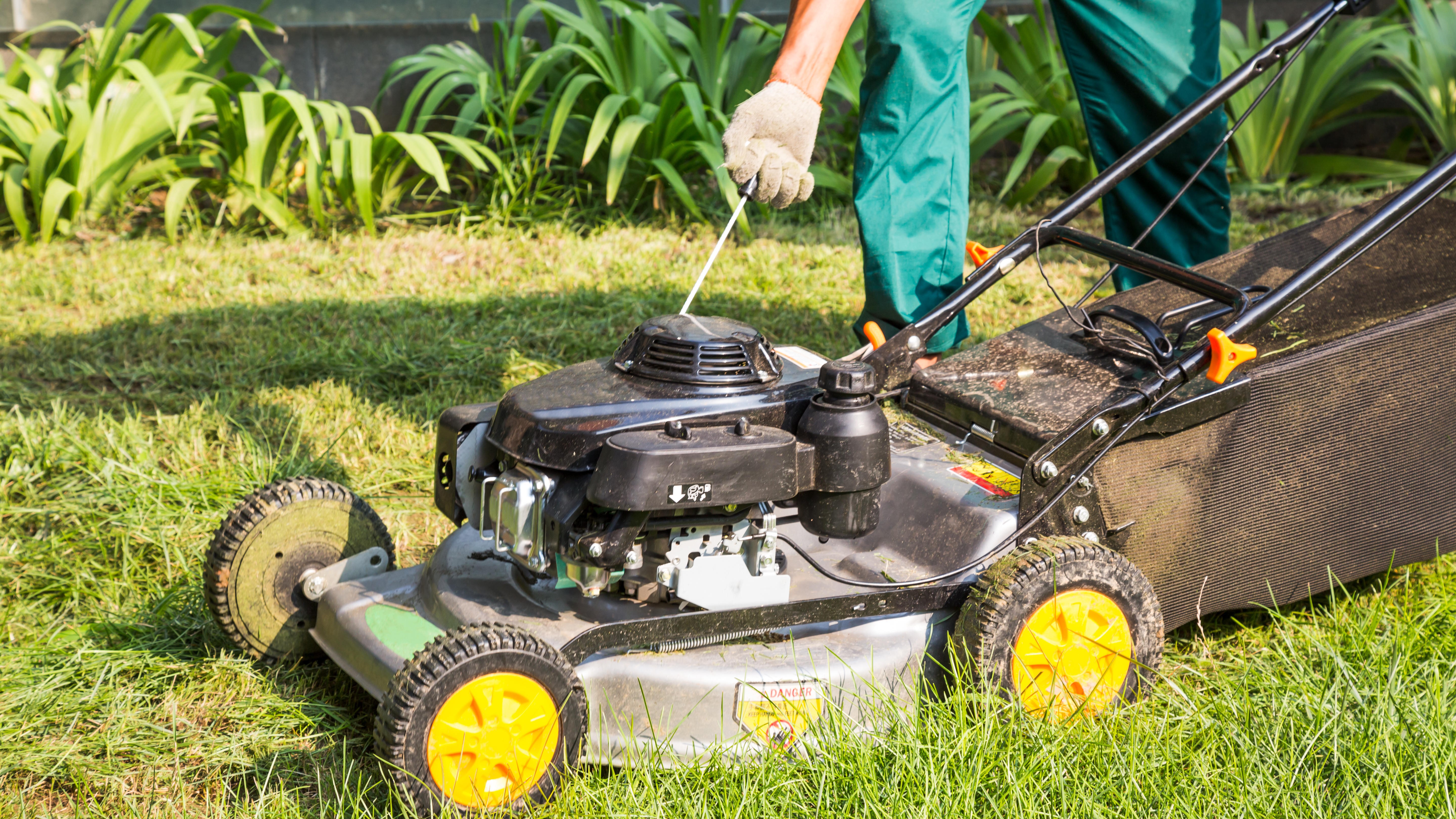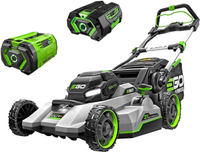There's nothing quite like the smell of freshly cut grass. If you can't wait to use your mower, you'll want to know when is the best time to mow the lawn.
And as anyone with a garden will know, regular mowing with the best lawn mowers or the best electric lawn mowers is a key part of any basic yard maintenance. But when is the best time to mow the lawn? And is there a wrong time to cut the grass? We spoke to gardening expert Morris Hankinson from Hopes Grove Nurseries to find out.

Morris Hankinson is the Founder and Managing Director of Hopes Grove Nurseries Ltd, the UK’s only specialist grower-retailer of hedging plants.
When is the best time to mow the lawn?
The best time of day to mow any lawn is mid morning or late afternoon, recommends Morris.
"If you mow too early in the morning, not only will you annoy your neighbours but the grass will be wet from dew. And if you leave mowing until midday it will be too hot and cause the grass stress. So generally between 8am to 10am or 4pm to 6pm is ideal."
Plus, you also avoid possibly getting heat exhaustion or sunburn by working outside in the midday sun.

"Even more important than the time however, is lawn mower maintenance. Keep your mowing equipment clean and blades sharp so when you do mow the grass, it is easier to cut and no damage will be caused," Morris told Top Ten Reviews.
Also be mindful of the cutting height of your mower, as if it's too short it can expose new grass shoots to direct sun and deter growth, he warns.
Why is timing important when mowing the lawn?
Morris says: "Ensuring the grass is dry during mid morning means the grass blades will be upright and the lawn will be easier to cut. Waiting until late afternoon avoids the hottest time of the day but means the grass will recover before night time temperatures.
"[Cutting] your grass does put it under stress so making sure to mow at the right times means you will be limiting the stress and possibility of disease."
What is the worst time to mow the lawn?
"If you mow when it is too hot during the day, the loss of moisture is increased but mowing when it’s wet in the morning can not only damage your mower but also the grass roots. So stick to the dry but cooler times of day," advises Morris.
Even in warmer climates, it’s not recommended to mow your grass in the winter (as we found out in our guide to when you should stop mowing before winter). This means that if you start mowing the grass before it’s 'woken up' from the colder months you risk damaging the grass and the roots, making it harder to bring the lawn back to its former glory.
Related: How to store a lawn mower in winter

FAQs
Why should I mow my lawn regularly?
Regularly mowing helps improve lawn health, keeping grass neat and in good condition. It also helps eliminate unwanted weeks and encourage denser turf.
And if you're thinking about investing in a robot mower, first check out our guide to the 8 mistakes to avoid when buying a robot lawn mower.
What happens if I don't mow the lawn?
Overly long grass will be less healthy than a mowed lawn, which could lead to deterioration and discoloring, including yellow or orange patches known as lawn rust.
How to mow a lawn
If you're new to cutting grass, check out our guide to how to mow a lawn. And if you're wondering about the tools to use, there are a wide range of mowers available, from push to powered, gas to electric, wireless, robot and even the best riding lawn mowers, which are expensive but good for those with a large garden.
When it comes to push mowers, you can opt for one that is self-propelled. This means you don’t have to do so much pushing, so if you aren’t particularly strong, or just want to make the job easier, it's a good option.
What else can I do to improve my lawn health?
Before you start Googling lawn care tips to maintain perfect grass or resort to finding out when to sow grass seed, you can use an aerator to breathe new life into your lawn. If you don't know what is a lawn aerator, it's a handy gardening tool that make holes in the soil to help air, water and vital nutrients reach the grass roots and get deep into the soil.
The process can be done by hand or foot (using shoe spikes), with a pitchfork or spading fork, or with tow-along tools that you attach to garden machinery.
For more info on lawn maintenance check out our guide to push vs self propelled mowers.


